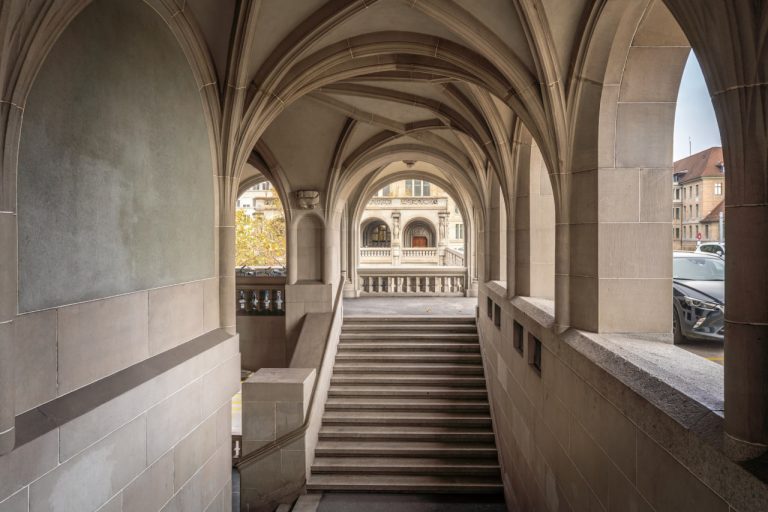The ancient world is home to some of the most extraordinary architectural achievements in human history. These structures not only showcase incredible engineering skills but also reflect the cultural, religious, and social values of their time. From the massive pyramids of Egypt to the elegant temples of ancient Greece, these architectural marvels continue to inspire awe and admiration. In this blog, we will explore some of the most iconic ancient structures, their construction techniques, and their lasting impact on architecture.
The Egyptian Pyramids: Timeless Monuments of Power and Eternity
The Egyptian pyramids are perhaps the most recognizable symbols of ancient architecture. Built primarily as tombs for pharaohs, these monumental structures were designed to ensure the eternal life of the ruler. The Great Pyramid of Giza, constructed around 2580–2560 BCE during the reign of Pharaoh Khufu, remains one of the Seven Wonders of the Ancient World.
Constructed from millions of limestone blocks, the Great Pyramid was the tallest man-made structure in the world for over 3,800 years. Its precise alignment with the cardinal points and its complex internal chambers demonstrate advanced knowledge of geometry and astronomy. The construction of the pyramids required immense organization, labor, and resources, highlighting the power and sophistication of ancient Egyptian society.
Mesopotamian Ziggurats: Step Pyramids as Sacred Centers
In Mesopotamia, the ziggurat served as a temple complex and a bridge between the earth and the divine. These massive step pyramids, built from mud bricks, were the centerpiece of ancient city-states such as Ur and Babylon. The Ziggurat of Ur, built around 2100 BCE, is one of the best-preserved examples.
Unlike the smooth sides of the Egyptian pyramids, ziggurats featured a series of terraces, often with a shrine at the summit. They were designed to elevate the temple closer to the heavens, reflecting the religious beliefs of the Mesopotamians. The construction techniques focused on stability and durability, using a core of mud brick and an outer layer of fired brick to withstand the elements.
The Parthenon: The Pinnacle of Classical Greek Architecture
The Parthenon, located on the Acropolis of Athens, is a masterpiece of ancient Greek architecture and an enduring symbol of democracy and culture. Completed in 432 BCE during the height of the Athenian Empire, this temple was dedicated to Athena, the city’s patron goddess.
Designed by architects Iktinos and Kallikrates under the supervision of the sculptor Phidias, the Parthenon exemplifies the principles of classical architecture: harmony, proportion, and balance. Built from Pentelic marble, its Doric columns and intricate sculptures celebrate both human achievement and divine beauty.
One of the Parthenon’s architectural innovations is the subtle curvature of its columns and stylobate (the platform), which correct optical illusions and create an appearance of perfect straightness and stability. The temple’s sculptural program, including the famous frieze and metopes, depicts mythological battles and civic rituals, reinforcing Athenian identity.
The Great Wall of China: An Ancient Feat of Defensive Architecture
Though primarily a military fortification, the Great Wall of China is an architectural marvel of ancient engineering. Its construction began as early as the 7th century BCE and continued over several dynasties, with the most famous sections built during the Ming Dynasty (14th–17th centuries).
Stretching thousands of miles, the wall utilized local materials such as tamped earth, bricks, and stone, adapting to diverse terrains including mountains and deserts. Watchtowers, fortresses, and signal stations along the wall enhanced its defensive capabilities.
The Great Wall stands as a testament to ancient China’s strategic ingenuity, reflecting not only military needs but also the ability to mobilize vast human labor and resources over centuries.
Machu Picchu: Incan Mastery of Mountain Architecture
Perched high in the Andes Mountains of Peru, Machu Picchu is an extraordinary example of Incan architectural prowess. Built in the 15th century, this citadel combines sophisticated stone masonry with a profound understanding of the natural landscape.
The Incas used precisely cut stones fitted together without mortar, a technique known as ashlar masonry, which allowed their structures to withstand earthquakes. Terraces carved into the steep mountain slopes supported agriculture, while the site’s layout aligned with astronomical events.
Machu Picchu illustrates the harmonious integration of architecture, nature, and spirituality in ancient Andean culture.




